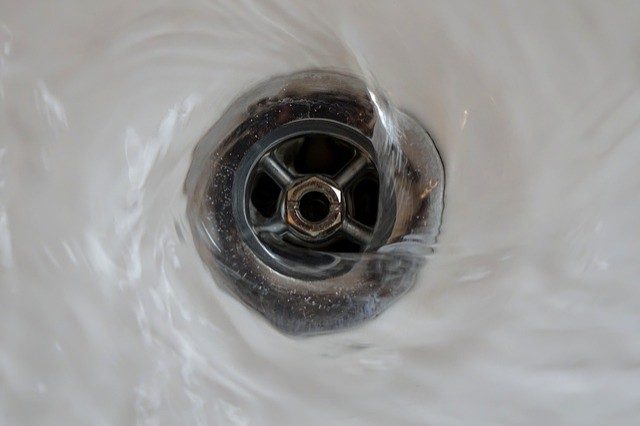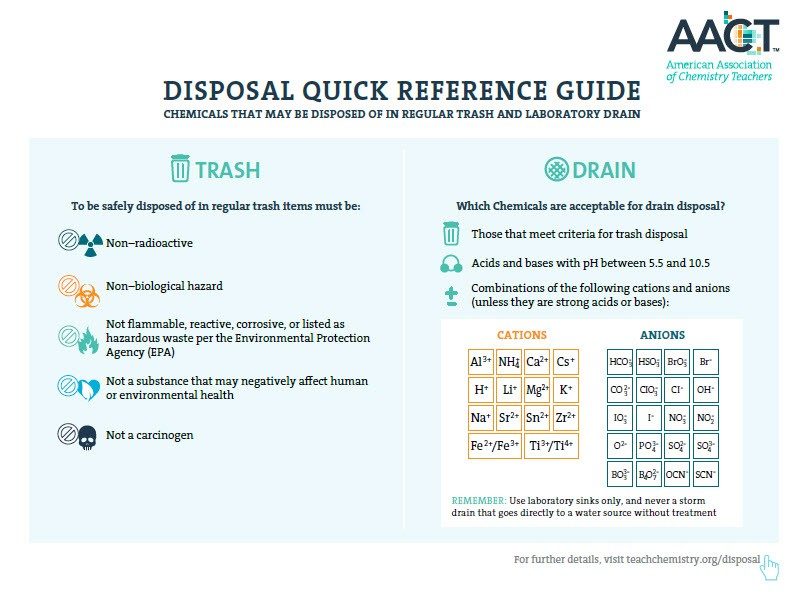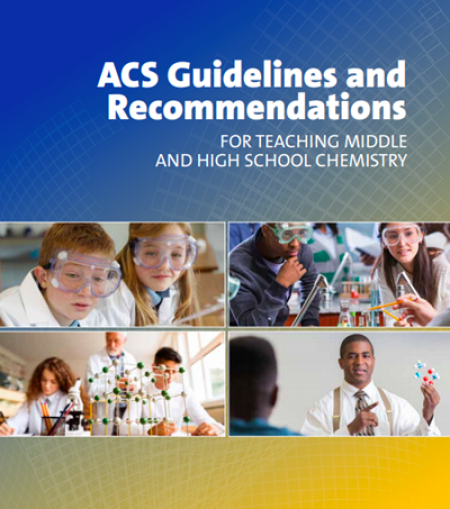Hazardous Waste and Disposal
Safety Data Sheets (SDSs)
It is important to know how to read and interpret safety labels and SDSs (updated from Material Safety Data Sheets (MSDS) in 2016). SDSs use the Globally Harmonized System (GHS), a universal system designed to provide a consistent method of communicating chemical hazards.
The Occupational Safety and Health Administration (OSHA) requires a full list of SDSs to be present in the laboratory, so it’s recommended to print SDSs (available for free from Flinn) and organize them in a binder to store in the chemical storage room. Many fire department and emergency personnel require printed copies of all SDSs to be available to them in case of accident.
These sheets can also be helpful when taking inventory of chemicals and for disposal.
Teachers should consult the SDS for each chemical that will be used in an experiment or demonstration to review handling, disposal, and storage information. This also assists with the required RAMP hazard and risk assessment for the activity.
Not All Waste Is Hazardous
Waste is generated in the laboratory on a regular basis; however, not all waste is hazardous. Some chemicals can safely go in the trash can or can be disposed of down the sink. Verify the following guidelines with your local codes, as restrictions may vary.
Safe Disposal in Regular Trash
If you’re disposing of approved chemicals in the trash, make sure they are in a tightly sealed container. Always alert maintenance staff when chemicals are in the trash to avoid any accidents. If an SDS doesn’t communicate whether a chemical can go into the trash, you can refer to the chemical provider for further guidance. The following guidelines may also be helpful:
To be safely disposed of in regular trash, a chemical must be:
- nonradioactive
- nonbiological hazard
- not flammable, reactive, corrosive, or listed as hazardous waste per the Environmental Protection Agency (EPA)
- not a substance that may negatively affect human or environmental health
- not a carcinogen
Drain Disposal
Some chemicals are suitable for drain disposal. Again, if it’s not indicated on an SDS, you can refer to the chemical provider for guidance. Only small amounts of approved chemicals should be disposed of down the drain (typically no more than a few hundred grams or milliliters per day). The following general guidelines for sink disposal are as follows:
- chemicals that meet criteria for trash disposal
- acids and bases with a pH between 5.5 and 10.5
- compounds that are a combination of the cations and anions listed below
You
should double-check with local hazmat authorities or a reputable source
such as the Flinn catalog before flushing down the drain.
Quick Reference Disposal Guide
The American Association of Chemistry Teachers (AACT) created a quick-reference disposal chart to post in your laboratory that summarizes these best practices. It is not exhaustive but is helpful for day-to-day chemical disposal.
Teachers should keep a log of the contents of all hazardous waste disposal containers to avoid extra costs associated with hazmat pickup. If technicians know exactly what is in hazardous waste disposal containers, they will not have to perform expensive additional identification testing, which could be billed back to the school. All hazardous waste material should be clearly labeled with those words and the names of the contents should be spelled out with percentages.
Hazardous materials provide a unique problem for chemistry teachers because most do not have a quick and safe way to store or dispose of them. District officials should know the next scheduled hazmat pickup and whether teachers should store hazmat materials or deliver them to a central location. A nearby college or university can also be a resource, as those institutions have more frequent pickups and could help local schools with safe disposal. Additionally, fire departments can be a resource for local chemical disposal guidelines and hazmat pickup, especially for flammables.
Environmental Considerations
Teachers should consider a variety of factors to make chemistry as “green” as possible when designing or choosing a laboratory activity. This includes considering the scale of quantities used, the amount and category of waste
generated, and the proper in-class disposal methods for chemical waste.
Microscale investigations can be effective in reducing the amounts of reactants used and products generated while providing cost-effective approaches for hands-on experiences for students.
A number of green chemistry resources are available to help teachers choose experiments appropriate for the learning objectives, with minimal environmental impact. The ACS Green Chemistry Institute and Beyond Benign provide some resources that follow green chemistry practices.
ACS Guidelines and Recommendations
for Teaching Middle and High School Chemistry
An essential resource for middle and high school physical science and chemistry teachers, curriculum developers, principals, and other school administrators who support teachers in those roles.
Learn about the nature of instruction, the core ideas to teach, the physical instructional environment, safety, sustainability, and the professional responsibilities of teachers.




